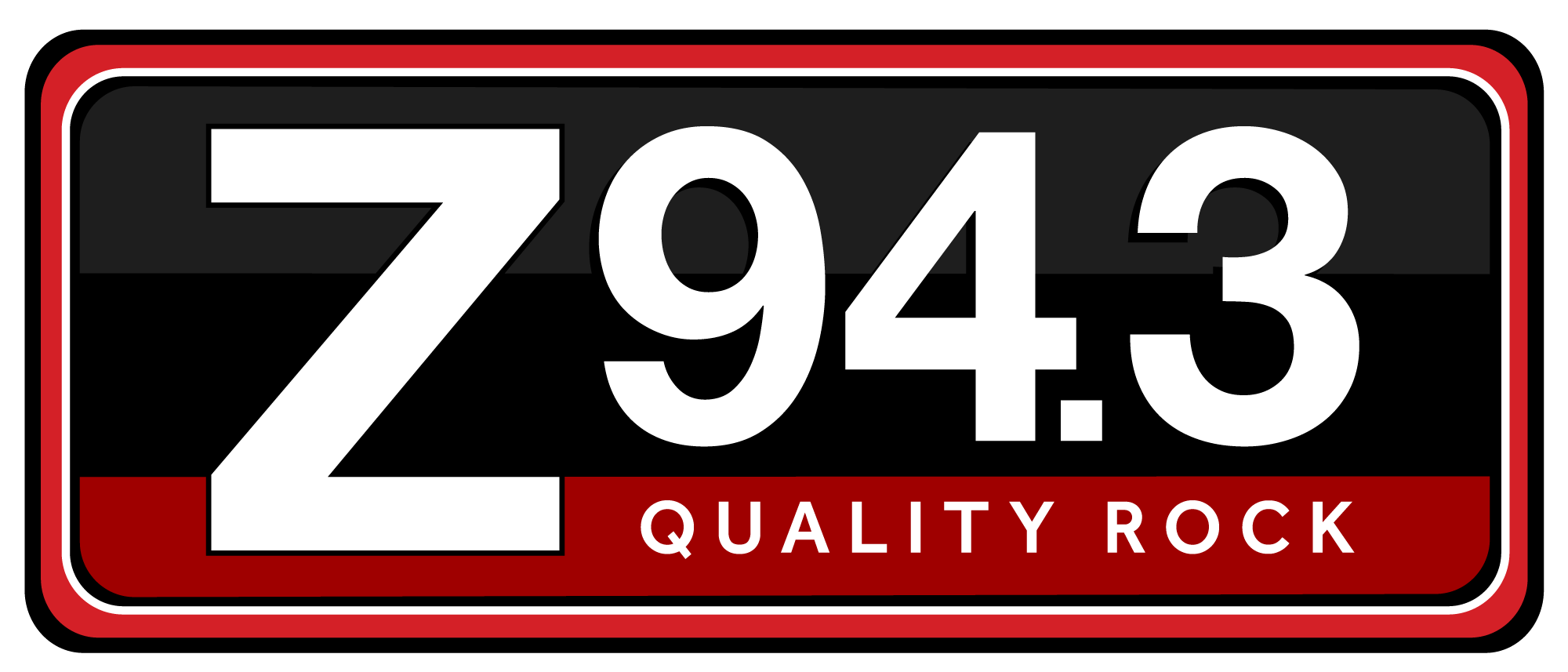Arena rock got its name from the rock bands of the 70s that toured to arena-sized crowds. Though this band never enjoyed critical acclaim, they had no problem filling arenas around the world to very happy crowds. Let’s take a deep dive into Grand Funk Railroad:
- Flint, Michigan, a town known more for Buicks than it was for railroads, was the town responsible for the band’s namesake. A train bridge over a road labeled “Grand Trunk Railroad” ended up being the inspiration for the band’s moniker. In the 80s, one of the train bridges in Flint was vandalized to paint over the TR in Trunk so it would read “Funk” instead, paying homage to the band’s roots
- So just how did Grand Funk get to sell out all those arenas but still be hated by critics and not receive much for airplay on radio? They were able to sell over 20 million albums by simply staying on the road to tour nearly all the time
- Their successful jaunt into Top 40 radio actually came thanks to production credits from Todd Rundgren, who produced “We’re An American Band” in ’73 and “Shinin’ On” in ’74
- Though the band was nowhere near as successful as The Beatles, Grand Funk did manage to break the Beatles’ Shea Stadium record for ticket sales in 1971. Grand Funk sold out two nights in 72 hours and made over $300,000
- In the mid-70s, the band was going to break up, but stayed together because Frank Zappa wanted to produce an album for them. He produced Good Singin’, Good Playin’ and they broke up after that in ‘76
- Lead Singer Mark Farner saw some solo success in the late 70s after the band’s breakup, then he decided to become a born-again Christian. His 1988 album, Just Another Injustice, went to #2 on the Religious Inspirational Charts
See omnystudio.com/listener for privacy information.



